Kidney disease: Generating main kidney cells from iPS
・Create three types of cells that will become the basis of kidneys
・Achieving iPS drug discovery for renal failure
– We will deliver a summary of articles published in the Nihon Keizai Shimbun.
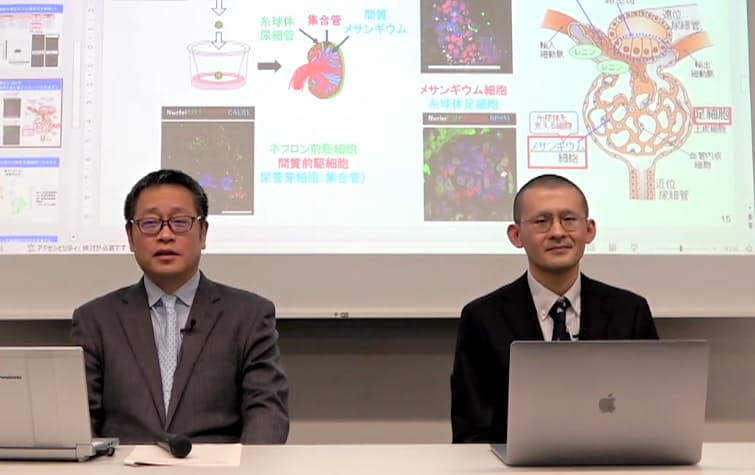
Kyoto University iPS Cell Research Institute:
Professor Kenji Osafune: Kei Tsujimoto joint researcher
On January 18, they succeeded in creating a type of kidney cell from iPS cells.
It is now possible to produce all three main types of cells that form the basis of the kidneys.
It is used to test the therapeutic effects of various drugs.
This will lead to the development of therapeutic drugs for kidney disease.
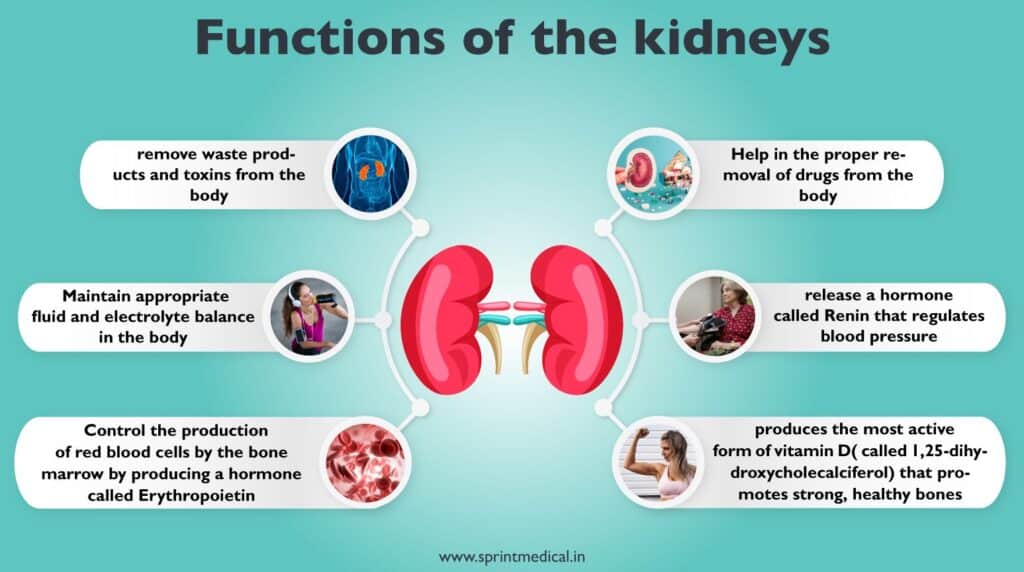
Kidney cells and iPS cells:
Kidney function:
The kidneys filter blood and produce urine.
It has the function of regulating the amount of red blood cells that carry oxygen.
Kidney structure:
Nephrons are the tissues that make urine, and ureters are the tissues that drain urine.
It consists of cells that connect these.
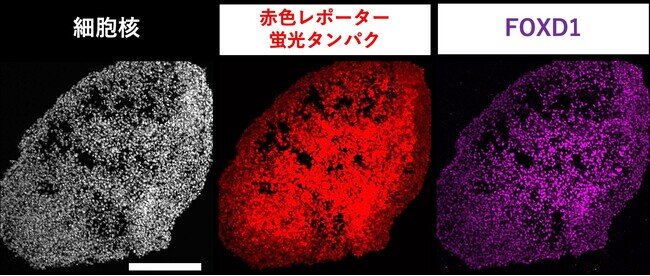
Creation of “renal interstitial progenitor cells”
iPS cells are one of the “versatile cells” that can transform into various cells in the body.
This time, the research team created cells from iPS cells.
Renal interstitial progenitor cells are one of the cells that form the basis of the kidney.

Creation of “nephron progenitor cells”
We improved the method for producing nephron progenitor cells, which had already been produced from iPS cells.
Nephron progenitor cells and renal interstitial progenitor cells have similar growth processes.
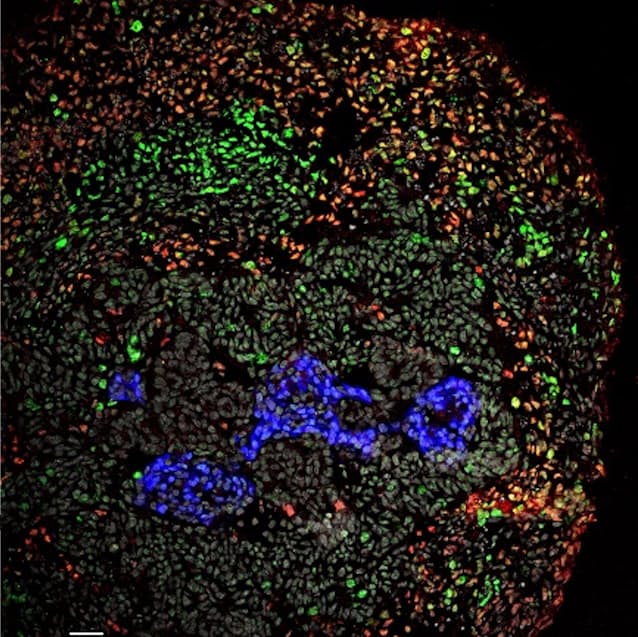
Create three main types of cells:
Combined with ureteroblasts, which form the tissue that excretes urine.
It is now possible to produce the three main types of cells that form the basis of the kidneys.
It will be easier to reproduce a structure similar to an actual kidney from iPS cells.
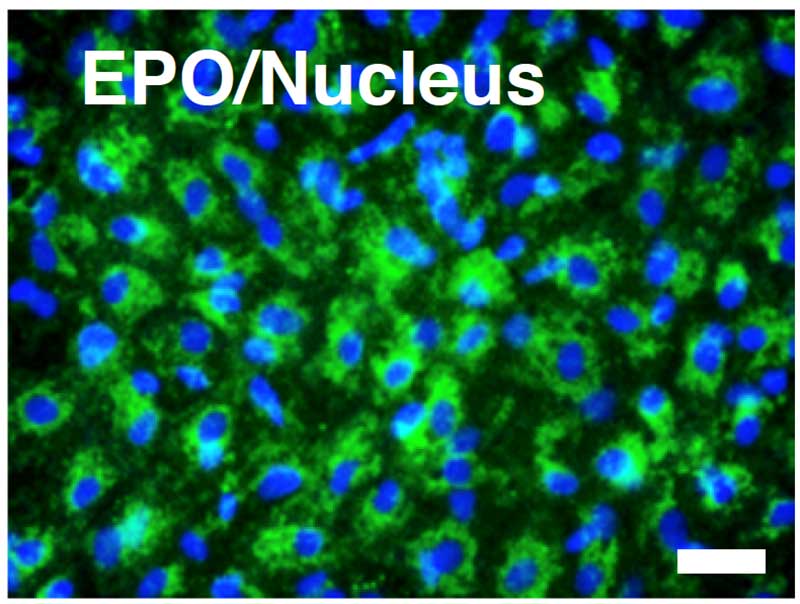
Generation of renal erythropoietin (EPO) producing cells:
They also succeeded in creating renal erythropoietin (EPO)-producing cells from renal interstitial progenitor cells.
Renal EPO-producing cells are involved in regulating the amount of red blood cells.
These cells are thought to be involved in fibrosis that leads to kidney failure.
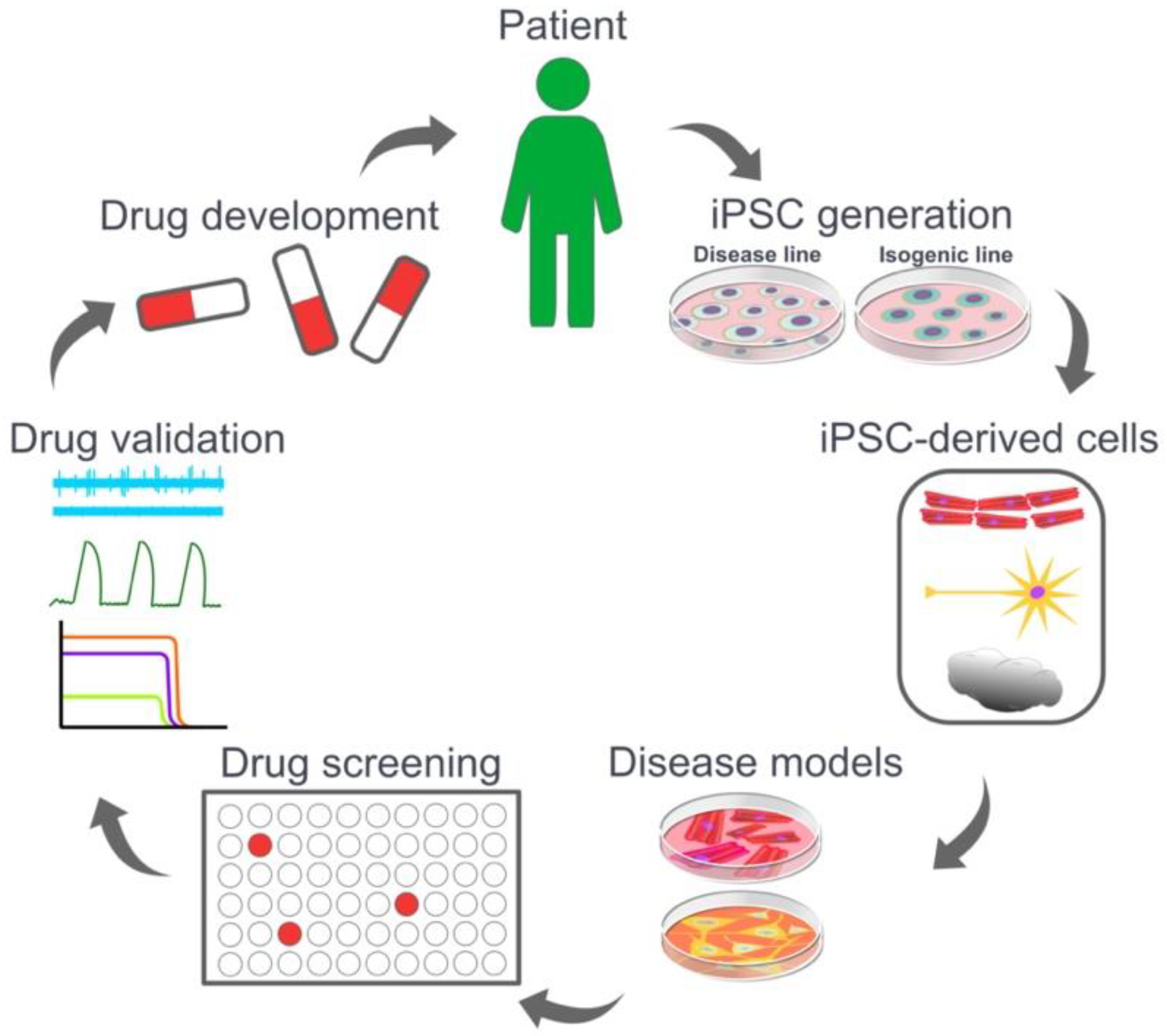
Developing drugs to prevent kidney failure:
In the future, the team will develop drugs that suppress fibrosis.
Generate a large amount of kidney EPO-producing cells and try various drugs.
Drugs that can be expected to have therapeutic effects can be found in a short period of time.
Drug candidates are tested on various cells in the body made from iPS cells.

Possibilities of “iPS drug discovery”
We aim to partially reproduce the three-dimensional structure of the kidney.
Kidney function can be analyzed in more detail.
In the medium to long term, we will use iPS cells.
This could support research to create human kidneys for transplantation inside pigs.
On January 18th, a research paper was published in the American scientific journal Cell Reports.
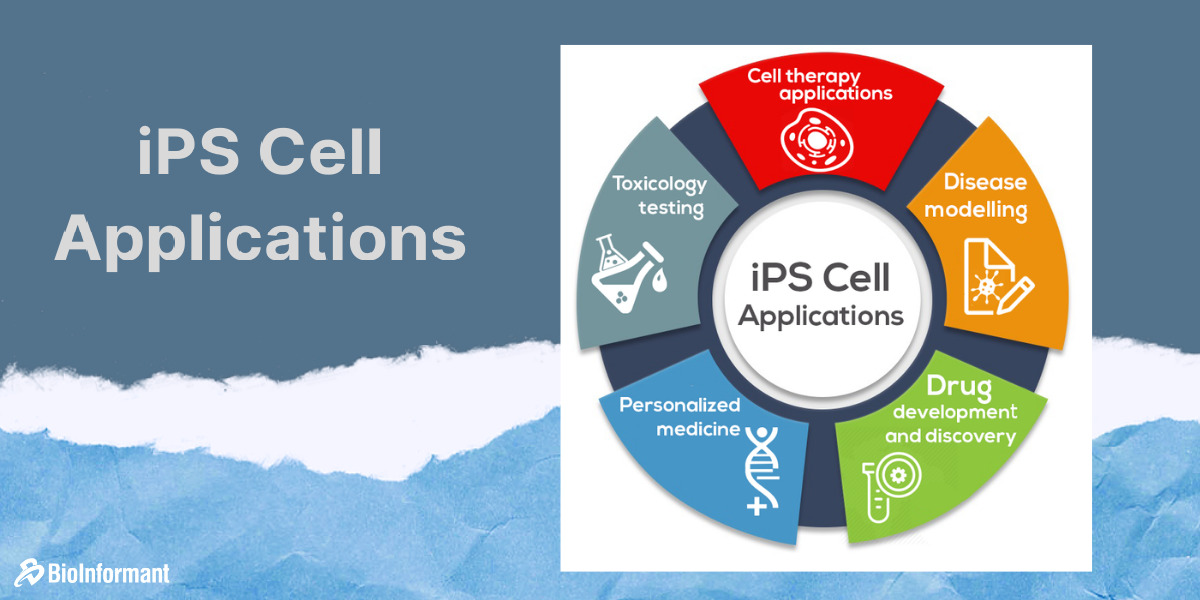
Industrial applications of iPS cells:
Broadly divided, they are as follows.
① Utilization of tissues and organs for regenerative medicine,
② Utilization as a cell source in cancer immune cell therapy,
③ Utilization for drug search in drug discovery,
Currently, ③ is the field that has been put into practical use the most.
Reproducing complex cells
It can reproduce complex cells such as those in the kidney.
It has great significance in “(3) expanding the possibilities of drug discovery.”